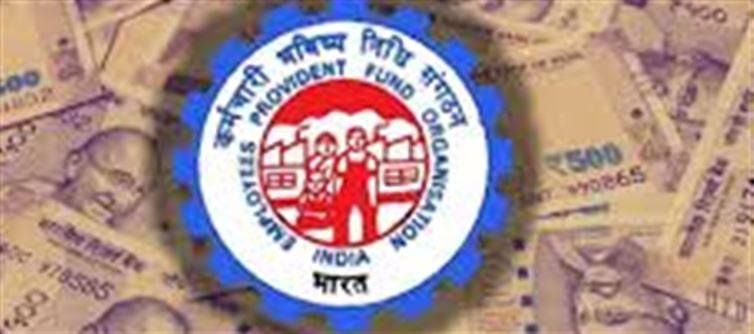
Provident Fund Withdrawal Simplified: Access Funds in Just 72 Hours
In a significant enhancement to member services, the Employees' Provident Fund Organisation (EPFO) has streamlined the PF withdrawal process, allowing members to access funds within a mere three days. Previously known for its lengthy and cumbersome nature, the online system now facilitates rapid fund transfers, making it easier for individuals facing urgent financial needs.
The Provident Fund (PF) is a mandatory savings scheme in India, where employees contribute 12% of their salary, matched by their employers, alongside government-mandated interest. This fund serves as a crucial financial safety net, and the recent improvements in the withdrawal process make it more accessible when members need it most.
To ensure a smooth and swift withdrawal, members should follow these simple steps:
1. Access the EPFO Portal: Visit the official EPFO website.
2. Login: Enter your Universal Account Number (UAN) and password.
3. Initiate the Claim: Navigate to the ‘Online Services’ section and select ‘Claim (Form-31, 19, 10C & 10D).’
4. Verify Details: Check your Aadhaar and bank account information for accuracy.
5. Submit the Form: Complete the claim form, specifying the reason for withdrawal.
6. OTP Verification: Finalize your submission by verifying it with the One-Time Password (OTP) sent to your registered mobile number.
Timely processing hinges on completing Know Your customer (KYC) requirements and ensuring proper linkage of your bank account with your UAN. Discrepancies or outdated documents may delay or reject your claim. When all details are accurate, funds are transferred directly to your bank account, typically within 72 hours.
This efficient online process marks a substantial improvement in EPFO's service delivery, enabling quicker access to savings in times of need.
Disclaimer: This content has been sourced and edited from Indiaherald. While we have made adjustments for clarity and presentation, the unique content material belongs to its respective authors and internet site. We do not claim possession of the content material..jpg)




 click and follow Indiaherald WhatsApp channel
click and follow Indiaherald WhatsApp channel